How to know it’s time to move to an enterprise level PACS

As security concerns continue to increase, more businesses, schools and retailers are relying upon access control systems to manage access and building safety. Ease of use - coupled with greater insight into who is coming and going - has helped to drive the adoption of access control technology that offers both greater functionality and security than a traditional lock and key.
While the different types of access control systems and devices available vary widely, from keypad and door intercom systems to card readers and turnstiles, many solutions are scalable and can adapt as needs change, such as when a business adds new employees or a retailer opens a new store.
However, as with any security program, there comes a time when a business or retailer should review and assess the access control system currently in place. One of the most challenging questions to answer is how to know when it’s time to migrate towards an enterprise level physical access control system?
Number of locations
As a business grows in its number of physical locations, either through organic growth or acquisition, the needs of the access control systems also typically increase. Most of the time, an access control system and its capabilities can handle incremental growth, such as another one or two locations. Beyond that, once a company starts to add more locations that are also spread out geographically, it may become time to look at investing in an enterprise level access control system to provide greater scalability and integration capabilities between different sites.
Cardholder volume
As the number of cardholders increases, so should the capabilities of your access control system. It’s important to ensure that you have an access control system that can handle a high volume of import and export functionality, which helps to simplify the process of batch changes. These capabilities should also integrate with human resources to ensure a seamless process when an individual is terminated or when someone no longer requires access to a certain area of the building because that person has transferred to a new department.
System management capabilities
System management becomes more complicated with additional locations and as the number of cardholders grows. An enterprise level access control system provides an efficient way to centralize system management, enabling the user to manage firmware downloads and to also monitor the overall health of devices attached to the system. An enterprise class access control system also supports regional database access, a functionality that is critical in case there is an interruption of network connectivity between multiple sites.
Integration with other systems
Instead of taking a siloed approach, an enterprise level physical access control system can serve as a central alarm monitoring platform to consolidate information from a myriad of internal and external systems – such as fire, intrusion alarm and video – to provide a complete security picture. In addition, an enterprise level solution can support other building management functions, such as high-level elevator integration and desk station dispatch operations.
As businesses evolve, the access control system used to protect the people and assets in these facilities should also be able to adapt. When evaluating whether it is time to migrate towards an enterprise level access control system remember to take into consideration the number of locations and cardholders because as each of these individual items grow system management and scalability becomes more complex.
















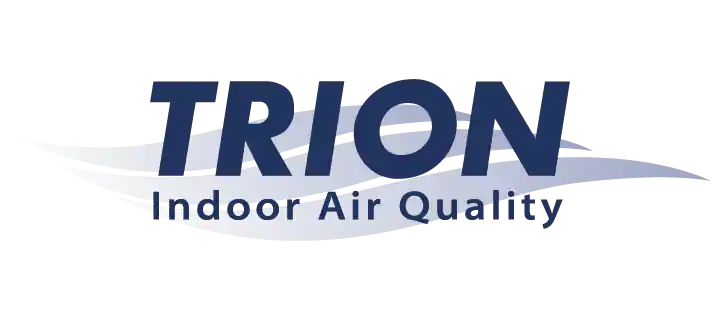

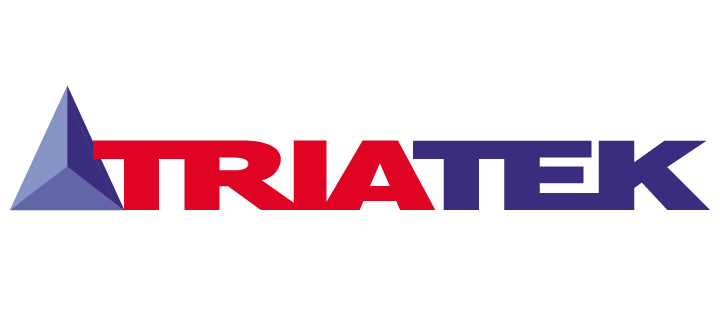










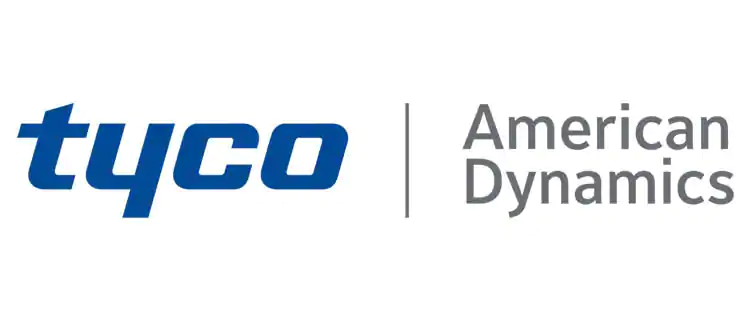
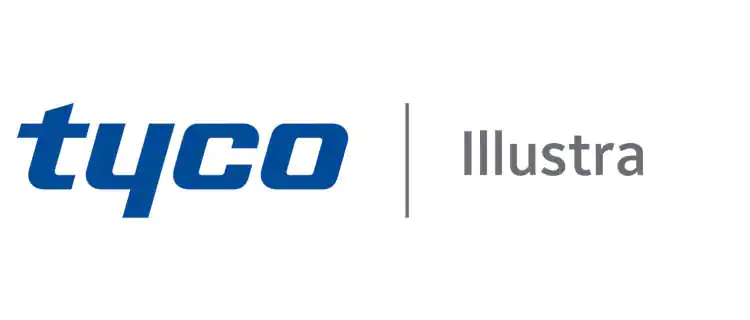
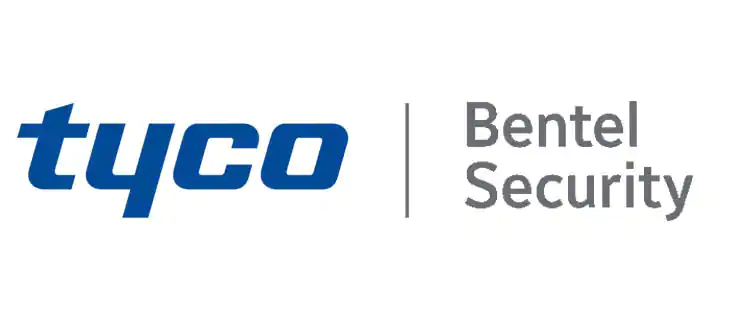
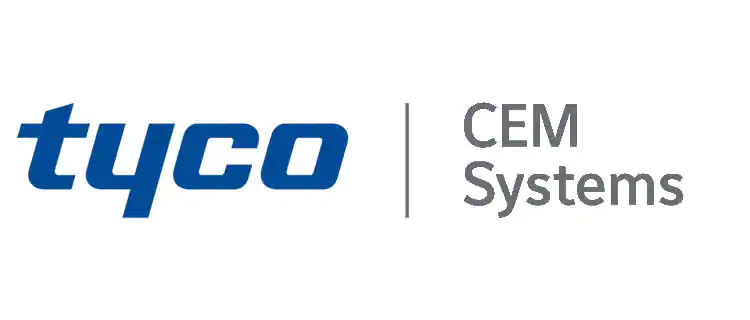
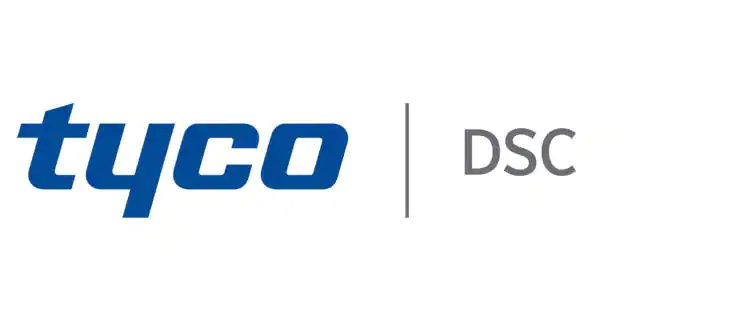
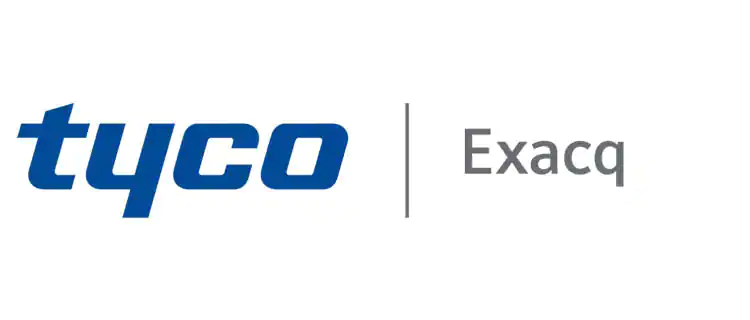

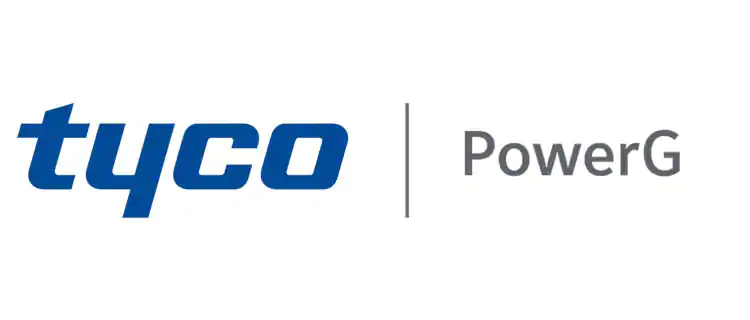
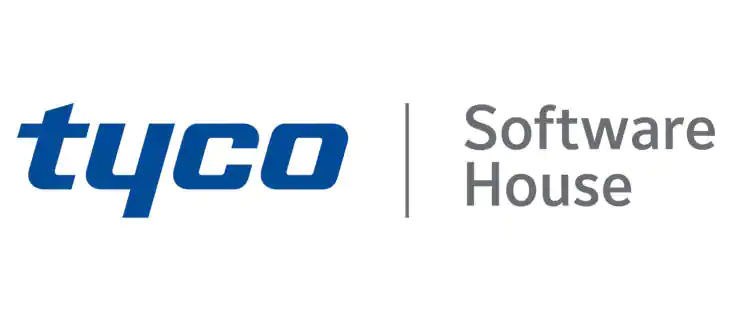

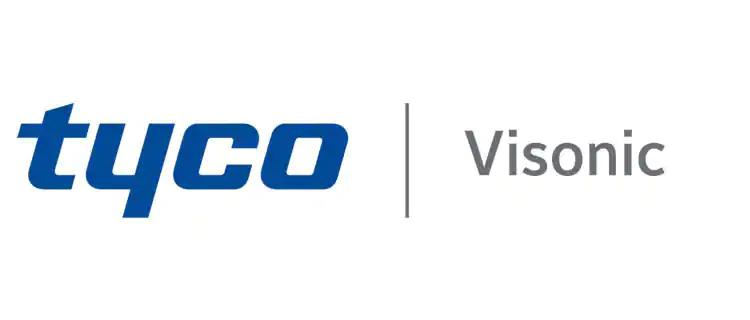




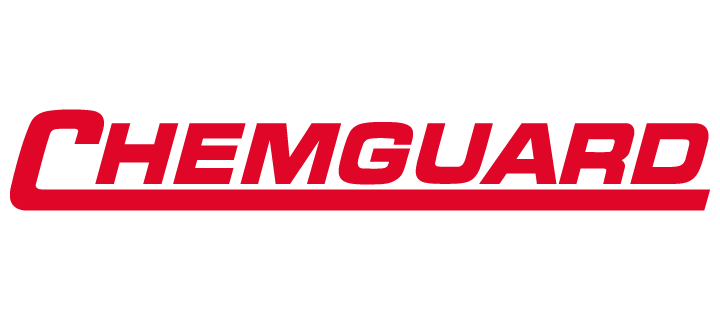



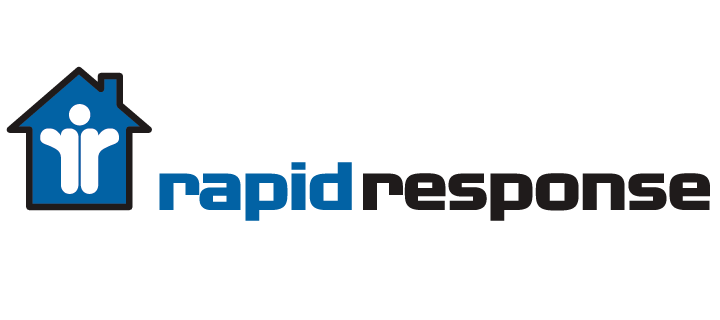











.webp)















